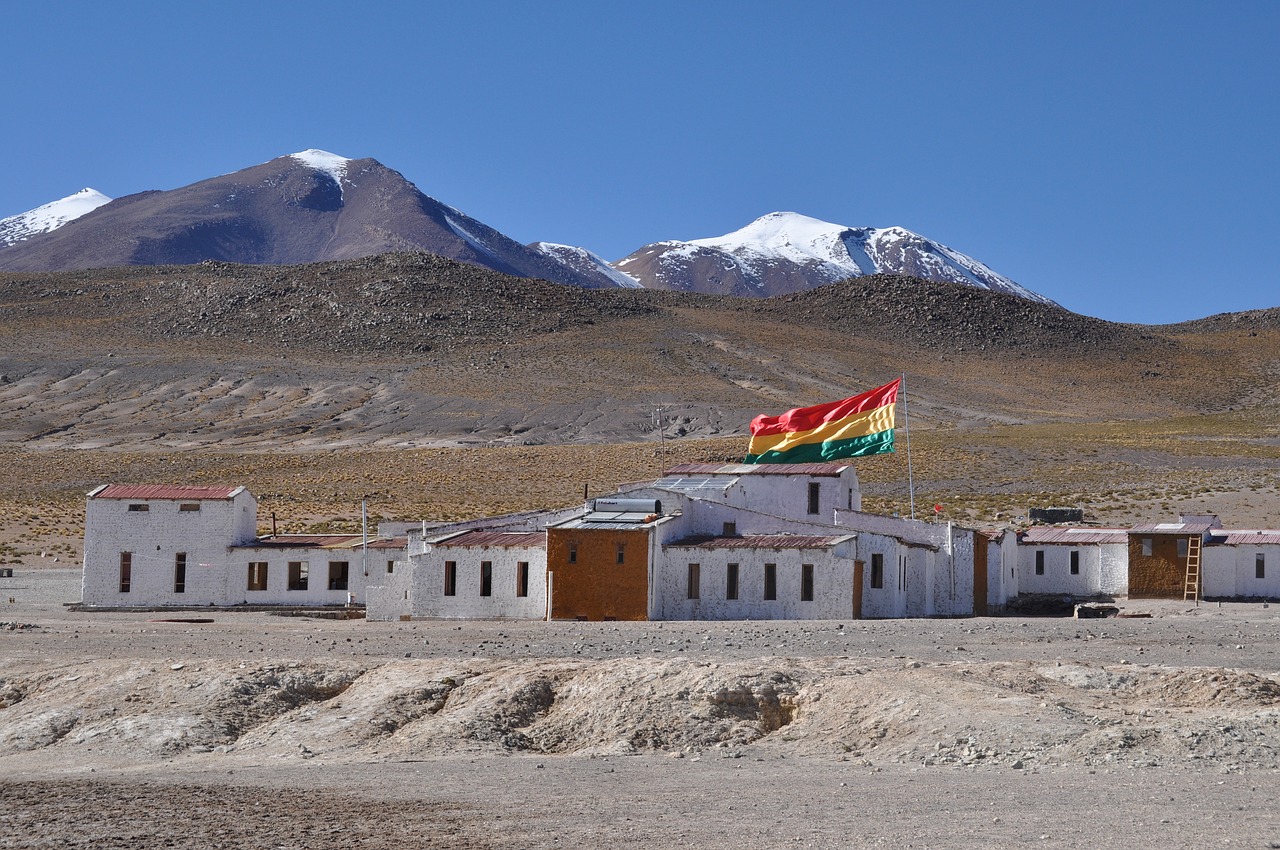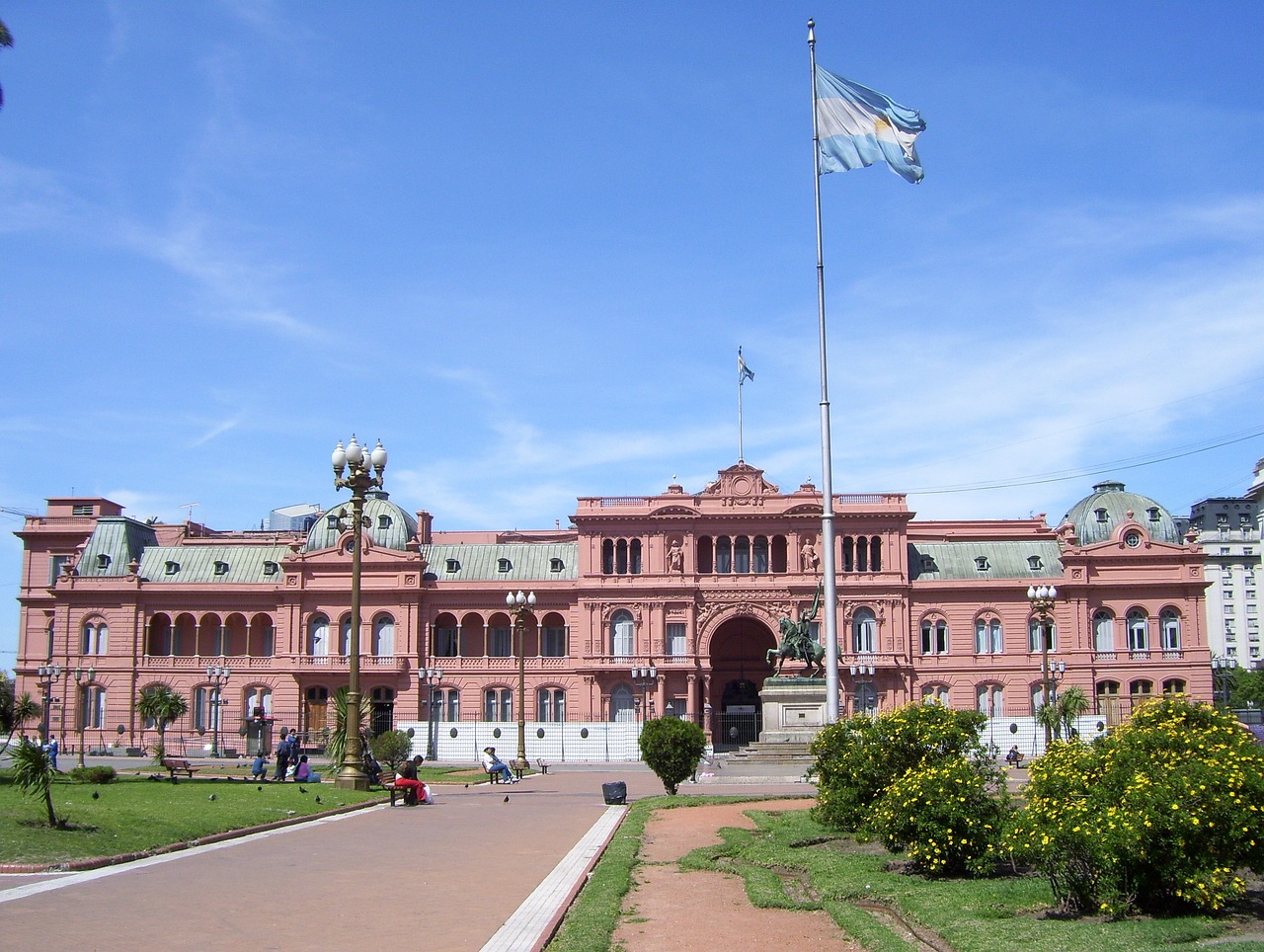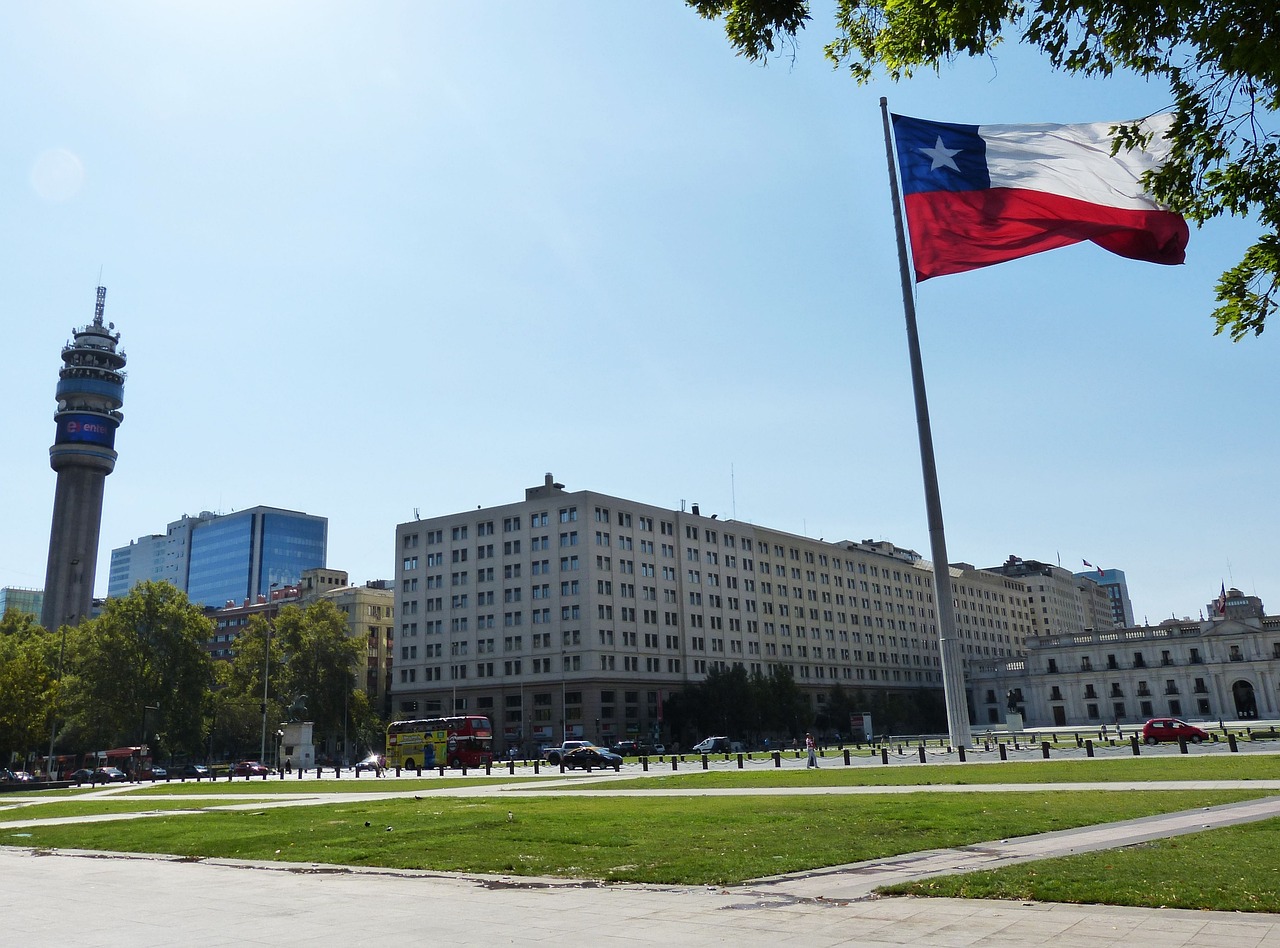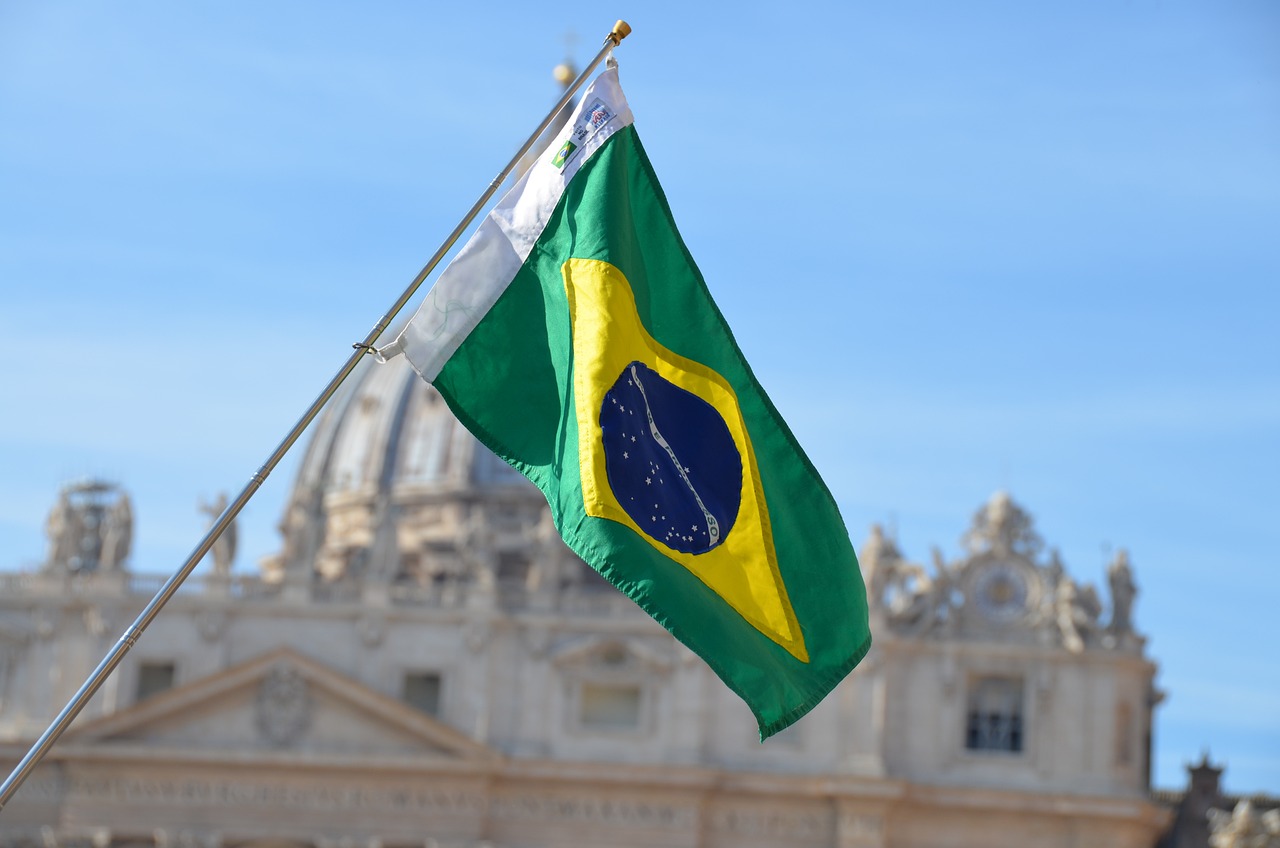Bolivia: 30 Facts about the Land of Diversity
Bolivia, located in the heart of South America, is a country of incredible diversity, boasting stunning landscapes, rich cultural heritage, and unique traditions. From the towering peaks of the Andes to the vast salt flats and lush Amazon rainforest, Bolivia offers a wealth of natural wonders and captivating experiences. In this article, we will unveil 30 fascinating facts about Bolivia that showcase the allure and diversity of this enchanting land.
1. The Landlocked Gem of South America
Bolivia is the only landlocked country in South America, surrounded by five neighboring countries: Brazil, Paraguay, Argentina, Chile, and Peru. Despite its lack of direct access to the ocean, Bolivia compensates with its breathtaking landscapes and cultural richness.
2. The Salar de Uyuni: A Salt Flat Wonder
The Salar de Uyuni is the world’s largest salt flat, spanning over 10,000 square kilometers (3,900 square miles) in southwestern Bolivia. This mesmerizing expanse of glistening white salt creates a surreal landscape that attracts photographers and adventurers from around the globe.
3. The Enchanting Lake Titicaca
Lake Titicaca, shared by Bolivia and Peru, is the highest navigable lake in the world. This stunning body of water is not only a natural wonder but also holds cultural significance as it is believed to be the birthplace of the Inca civilization.
4. The Ancient Ruins of Tiwanaku
Tiwanaku, a UNESCO World Heritage site, is an archaeological complex in western Bolivia that dates back to around 1500 BCE. This ancient city showcases impressive stone structures, intricate carvings, and cultural artifacts, providing insights into pre-Columbian civilizations.
5. The Majestic Andes Mountains
Bolivia is home to a significant portion of the majestic Andes Mountains, including numerous peaks over 6,000 meters (19,685 feet) in elevation. These towering mountains offer breathtaking views, challenging trekking routes, and opportunities for mountaineering.
6. The World’s Most Dangerous Road
Bolivia’s Yungas Road, also known as “Death Road,” is considered one of the world’s most dangerous roads. Its narrow and treacherous route, perched on the edge of steep cliffs, has gained infamy among thrill-seeking cyclists and adventurers.
7. The Bustling Capital: La Paz
La Paz, Bolivia’s administrative capital, is the highest capital city in the world, situated at an elevation of around 3,640 meters (11,942 feet) above sea level. Its unique geography, colonial architecture, and vibrant markets make it a fascinating destination to explore.
8. The Charming Colonial Town of Sucre
Sucre, Bolivia’s constitutional capital, is a UNESCO World Heritage site renowned for its well-preserved colonial architecture. Its whitewashed buildings, charming plazas, and rich historical heritage make it a delightful city to wander through.
9. The Colorful Festivals
Bolivia is known for its vibrant and colorful festivals that blend indigenous traditions with Catholicism. Festivals like Carnival in Oruro and the Gran Poder Festival in La Paz showcase lively dances, elaborate costumes, and joyful celebrations.
10. The Mysterious Puma Punku
Puma Punku, located near Tiwanaku, is an archaeological site that features megalithic stone structures of unknown origin and purpose. The precise stonework and intricate carvings of Puma Punku continue to puzzle archaeologists and visitors alike.
11. The Intriguing Salt Hotels
In the Salar de Uyuni, you can find unique hotels made entirely of salt blocks. These salt hotels, such as Palacio de Sal, offer a one-of-a-kind experience, allowing guests to sleep in rooms constructed from the region’s abundant salt resources.
12. The Biodiversity of Madidi National Park
Madidi National Park, located in the Amazon rainforest of northern Bolivia, is one of the world’s most biodiverse areas. Its pristine forests are home to a remarkable array of plant and animal species, making it a paradise for nature enthusiasts and researchers.
13. The Vibrant Indigenous Cultures
Bolivia is home to numerous indigenous cultures, each with its unique customs, traditions, and languages. The Aymara, Quechua, and Guarani peoples, among others, contribute to Bolivia’s cultural mosaic and enrich the country’s identity.
14. The Remarkable Witches’ Market
La Paz’s Witches’ Market, also known as Mercado de las Brujas, is a fascinating market where you can find traditional remedies, herbs, potions, and mystical artifacts. It offers a glimpse into Bolivia’s indigenous spiritual beliefs and folk traditions.
15. The Cholita Wrestlers of El Alto
El Alto, a city adjacent to La Paz, is known for its unique wrestling phenomenon: the Cholita Wrestlers. Indigenous women dressed in traditional attire engage in lucha libre-style wrestling, challenging gender norms and showcasing their strength.
16. The Exquisite Handicrafts
Bolivia is renowned for its exquisite handicrafts, including textiles, ceramics, silverwork, and woodwork. Local artisans skillfully create these crafts, often incorporating traditional designs and techniques passed down through generations.
17. The Mysterious Uyuni Train Cemetery
Just outside the city of Uyuni, you can find a fascinating train cemetery that holds rusted locomotives and carriages from Bolivia’s bygone era of mining and transportation. The site has become a unique attraction for photographers and history enthusiasts.
18. The Sacred Island of the Sun
Isla del Sol, located on Lake Titicaca, is considered a sacred place in Inca mythology. It is believed to be the birthplace of the sun god Inti, and visitors can explore ancient ruins, terraced fields, and enjoy breathtaking views of the lake.
19. The World’s Largest Butterfly Sanctuary
Bolivia is home to the world’s largest butterfly sanctuary, called Mariposario del Valle. Located near Samaipata, the sanctuary offers a mesmerizing experience where visitors can admire hundreds of colorful butterflies fluttering around.
20. The Delightful Coca Leaf Tradition
Coca leaves, derived from the coca plant, have cultural and historical significance in Bolivia. They are commonly chewed or brewed into tea, providing mild stimulation and helping to combat the effects of high altitude.
21. The Ancient Inca Trail of El Choro
The El Choro trek is an ancient Inca trail that winds through the Bolivian Andes, connecting La Paz to the Yungas region. This scenic trek offers breathtaking views of snow-capped mountains, lush valleys, and picturesque waterfalls, providing an unforgettable adventure for hikers.
22. The Culinary Delights
Bolivian cuisine reflects the country’s diverse cultural influences. Traditional dishes such as salteñas (meat-filled pastries), anticuchos (grilled skewered meat), and the hearty stew called saice combine flavors from indigenous, Spanish, and African culinary traditions.
23. The Silver Mines of Potosí
Potosí, once one of the wealthiest cities in the world, was built on the wealth of its silver mines. Today, visitors can explore the Cerro Rico mines, witnessing the challenging conditions in which miners work and gaining insight into Bolivia’s colonial history.
24. The Impressive Valley of the Moon
The Valley of the Moon, located near La Paz, features a lunar-like landscape with unique rock formations and narrow canyons. This natural wonder provides an otherworldly experience and is best explored during sunrise or sunset.
25. The Inti Raymi Festival
The Inti Raymi festival, held in the town of Copacabana, celebrates the Andean sun god Inti. This colorful festival involves traditional dances, music, and offerings to the sun, symbolizing the connection between the spiritual and natural worlds.
26. The Isolated Beauty of the Bolivian Amazon
A small portion of the Amazon rainforest extends into Bolivia, offering a unique opportunity to explore this biodiversity hotspot. The Bolivian Amazon is home to diverse wildlife, indigenous communities, and ecotourism initiatives that promote sustainable practices.
27. The Mysterious Gate of the Sun
The Gate of the Sun, located near Lake Titicaca, is an ancient stone monument adorned with intricate carvings. Considered a sacred site, it is believed to have served as a ceremonial gateway during the time of the Tiwanaku civilization.
28. The Musical Rhythms of Bolivian Folklore
Bolivian folklore is characterized by lively music, colorful costumes, and energetic dances. Traditional instruments like the charango (small stringed instrument) and the pan flute accompany vibrant performances that capture the essence of Bolivian culture.
29. The Potosí Mint and its Silver Legacy
The Potosí Mint, once a hub for silver production, played a significant role in shaping Bolivia’s history. Today, visitors can tour the mint and learn about the country’s colonial past, as well as the impact of silver mining on Bolivia’s economy.
30. The Warmth of Bolivian Hospitality
Above all, Bolivia is known for its warm and welcoming hospitality. Bolivians take pride in sharing their culture, traditions, and breathtaking landscapes with visitors, ensuring that every traveler feels embraced by the country’s vibrant spirit.
In conclusion, Bolivia captivates with its diverse landscapes, rich history, and vibrant traditions. From the awe-inspiring salt flats and ancient ruins to the warmth of its people, Bolivia invites travelers to embark on a remarkable journey of discovery and create lasting memories.
Author Profile
- Welcome to my world facts blog! I'm Jay Steph, and I'm here to explore the captivating wonders of our planet. With a thirst for knowledge and a passion for exploration, I unravel fascinating insights about cultures and history. Join me on this awe-inspiring journey as we uncover hidden treasures together. Let's dive into the world of world facts and embark on an incredible adventure!
Latest entries
 AsiaJuly 31, 202330 Facts About Bangladesh
AsiaJuly 31, 202330 Facts About Bangladesh AfricaJuly 31, 202330 Facts About Burkina Faso
AfricaJuly 31, 202330 Facts About Burkina Faso AustraliaJuly 25, 202330 Facts about the Marshall Islands
AustraliaJuly 25, 202330 Facts about the Marshall Islands South AmericaJuly 25, 202330 Facts About Chile
South AmericaJuly 25, 202330 Facts About Chile



